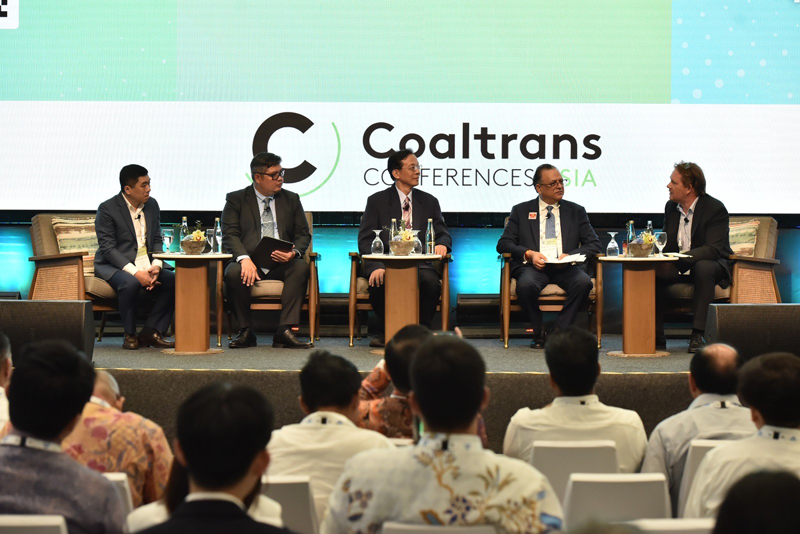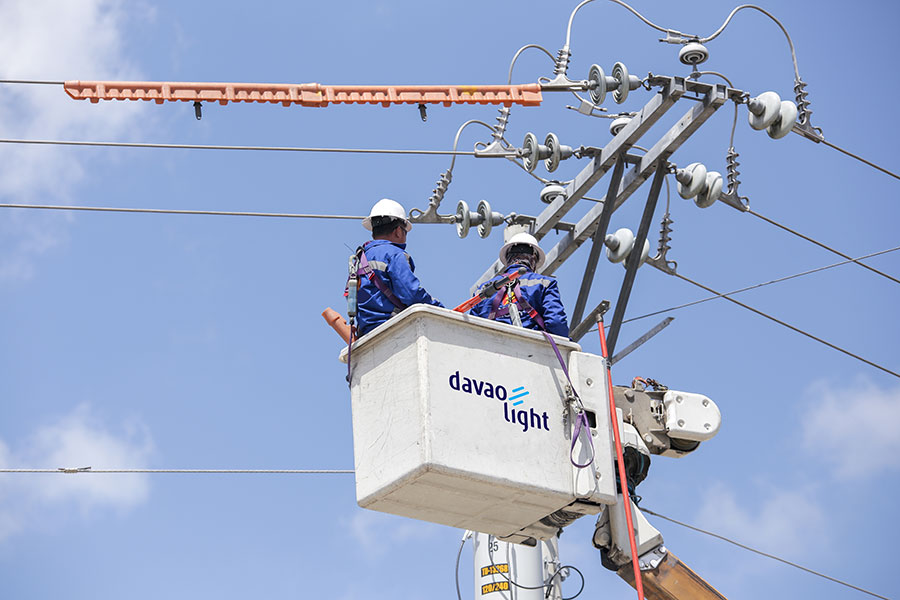An Indonesian official said that if there are fair and equitable expectations between developed and developing countries, then economic growth can happen even without the cost of increasing emissions.
“Countries who have stronger capacity should do more carbon reduction and [do it] faster. The developing world should continue to grow but should also slow down the emission trajectory,” said Indonesian Coordinating Minister for Maritime and Investment Affairs Luhut Binsar Pandjaitan during Coaltrans Asia 2024 in Bali, Indonesia.
“Developed nations have been the biggest emitters and need to provide real support for the energy transition in the Global South,” he added, noting how energy transitions are tougher for developing countries.
Pandjaitan shared that while Indonesia and its neighboring countries have energy transition and decarbonization plans, baseload sources like coal still have a key role in their respective grids.
Coal, as a baseload energy source, is able to fill in the gaps of more intermittent renewable energy and hence stabilizes the power grid. Pandjaitan even pointed out that some developed countries that have decarbonized are revisiting their energy mix.
“Even in Germany, coal-fired power plants still play key roles in balancing the electricity output of variable renewable energy such as wind and solar,” Padjaitan said.
The Coordinating Minister closed his message by pointing out that each country is different and solutions from developed nations cannot be fully applicable to other countries due to fiscal capacity and access to technology.
Current financing cannot fit the prerequisite problems such as improving transmission and power infrastructure as there are very little grants, he maintained.
An economic view of Southeast Asia
The Association of Southeast Asian Nations’ (ASEAN) GDP will continue to grow with a compound annual growth rate of 4.6% between 2020 and 2050. At the same time, the Asia Pacific Energy Research Centre projects that, in almost all scenarios, ASEAN’s coal consumption is expected to keep increasing.
There are opportunities to transition to cleaner energy; the early retirement of coal-fired power plants; and the reduction of carbon emissions through fuel switching, ammonia co-firing, and carbon capture. However, this will be largely dependent on financing.
“There is a high investment cost for the ASEAN energy transition and there exists a significant disparity between required funding and the committed funding to accomplish the targets set in the Nationally Determined Contributions or NDC,” said APERC Senior Researcher Phung Quoc Huy. “We need around $263 billion of funding to transition, but we have a funding gap of $189 billion.”
Aside from the funding gap, electricity prices are expected to rise, hitting end-users and mostly hurting low-income countries.
“The transition should focus on a gradual coal phase-down, development of alternative energy sources, and significant investments in grid infrastructure and clean technologies,” shared Huy.
Forward looking but grounded on current realities
Aboitiz Power Corporation Chief Operating Officer for Thermal Operated Assets Ronaldo Ramos related the experiences of other ASEAN countries to the Philippines’ own energy transition journey.
The Philippine Energy Plan (PEP) targets a 50:50 mix of renewable and non-renewable energy sources by 2040. However, based on data from the PEP, the Philippines needs around a $550.2 billion investment just to reach the 50:50 energy mix target.
“We all want a future that is powered by abundant renewable energy. The cost of solar panels and battery storage technologies going down are encouraging,” Ramos said. “But we must be mindful of the present realities of the Philippines.”
The Philippines is an archipelago that has more than 7,000 islands, with its three major island grids only just being recently interconnected.
“We need reliable and reasonably-priced baseload power to address the inherent intermittency of renewable energy and the geographical challenges of injecting these intermittent capacities to our present grid,” Ramos explained.
A careful and phased approach to the energy transition is needed to ensure that it is a just transition that accounts for the current realities of the socio-economic needs of the Philippines.



